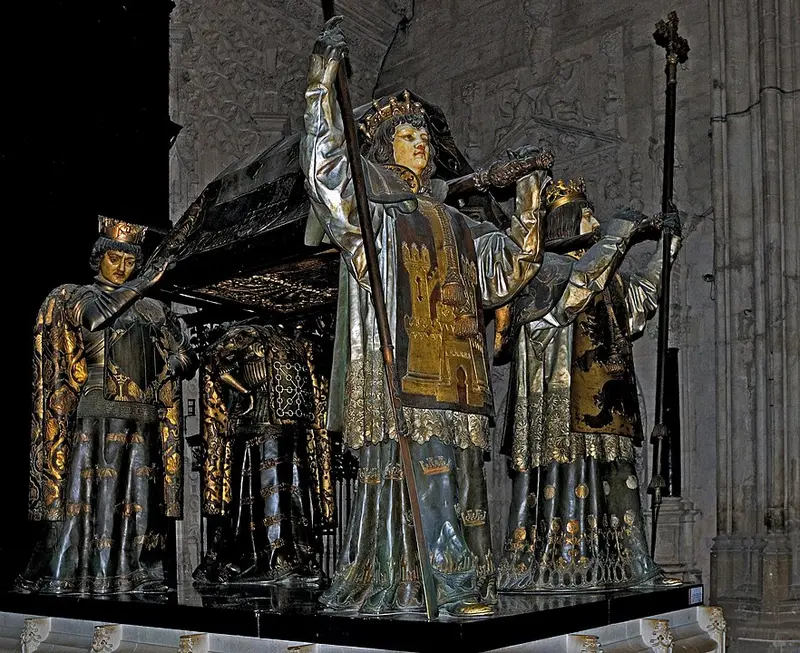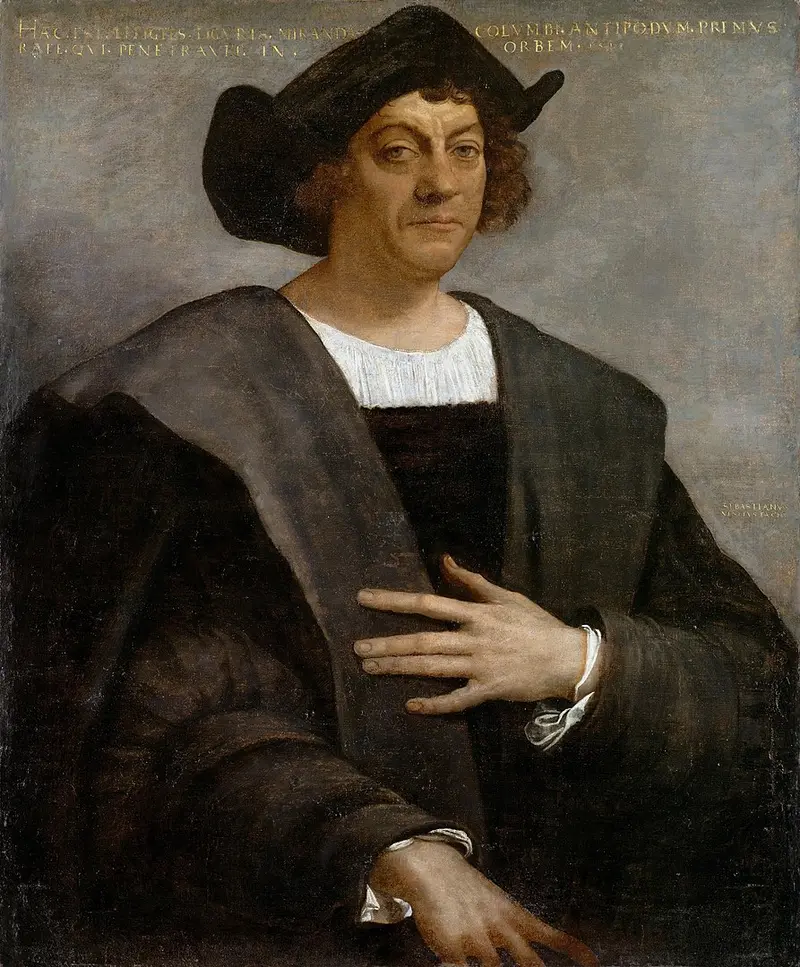A team of Spanish scientists led by forensic expert Miguel Lorente dedicated their analysis to DNA The remains of Christopher Columbus are 22 years old. The remains of the navigator, who died in 1506, are kept in Seville Cathedral.
Scientists also studied the DNA of Columbus’s close relatives – his son Hernando and brother Diego. This helped to uncover the origins of the explorer, which had long been a topic of debate in academic circles.
What did the scientists learn?
Experts from various countries have debated for years whether the remains in the cathedral actually belong to Columbus. It was only in 2003 that Miguel Lorente and historian Marcial Castro were granted permission to open the tomb and examine the bones.
At that time, technology only allowed for the “reading” of small amounts of genetic material, writes Daily Mail But over the course of two decades, they improved, allowing scientists to accurately determine the origin of the remains.
“So the previous theory that the remains in Seville belong to” Christopher Columbus “Finally confirmed,” said Mr. Lorente. Advances in DNA analysis have also helped determine the nationality and origin of the traveler who led Spain-funded expeditions in the 1490s and opened the way for European conquest of America.

The tomb of Columbus in the Cathedral of Seville.
Scottish, Catalan, or Jew?
Some researchers were convinced that Christopher Columbus was born in Genoa, while others suggested Poland or Spain. He was attributed various nationalities, such as Scottish, Greek, Jewish, Catalan, Portuguese, and Basque.
In the documentary film “Columbus’s DNA: The True Origin,” dedicated to research, which was recently aired by Spanish television, scientists have finally uncovered the mystery.
Scientists have discovered that Columbus was a Sephardic Jew from Western Europe. In the film, Miguel Laurente discussed the results of the DNA analysis of Columbus’s son, Hernando. CNN “Both in the Y chromosome (male) and in the mitochondrial DNA (inherited from the mother), Hernando has traits consistent with Jewish ancestry,” noted the forensic expert.
About 300,000 Jews lived in Spain before the Catholic monarchs Isabella and Ferdinand ordered them and Muslims to convert to Catholicism or leave the country. Thus, Sephardic Jews spread throughout the world (the word “Sephard” in Hebrew means “Spain”).
After analyzing 25 possible locations where Christopher Columbus might have originated, the team concluded that he was born in Western Europe.

About diseases brought to America
The arrival of Europeans in America led to the spread of deadly diseases among the local population, such as smallpox and measles. Moreover, many historians argue that the team Columbus She also brought venereal diseases, particularly syphilis. The first documented epidemic of syphilis in Europe occurred in the late 15th century, leading researchers to suggest that the disease arrived in America with members of Christopher Columbus’s expedition.
However, a new study from the University of Basel (Switzerland) has shown that this disease was widespread in America thousands of years before Columbus arrived.
Researchers have found that treponematosis (an ancient disease similar to syphilis) existed in Brazil more than 2000 years before the navigator embarked on his historic voyage in 1492.
The figure of Christopher Columbus is quite controversial for historians due to the attitudes of the participants in his expeditions towards the indigenous peoples of America. Within a few years after the arrival of the Spaniards in the New World, about seven million local inhabitants died – 85 percent of the population.
Columbus died in the Spanish city of Valladolid. According to the navigator’s will, he wanted to be buried on the island of Hispaniola, which is now shared by the Dominican Republic and Haiti. The traveler’s remains were transported there in 1542, and in 1795 they were moved to Cuba. It was only after more than 100 years, in 1898, that they were transported to Seville.
